Touring the Galactic 'Zoo' This Spring, Using Mobile Apps
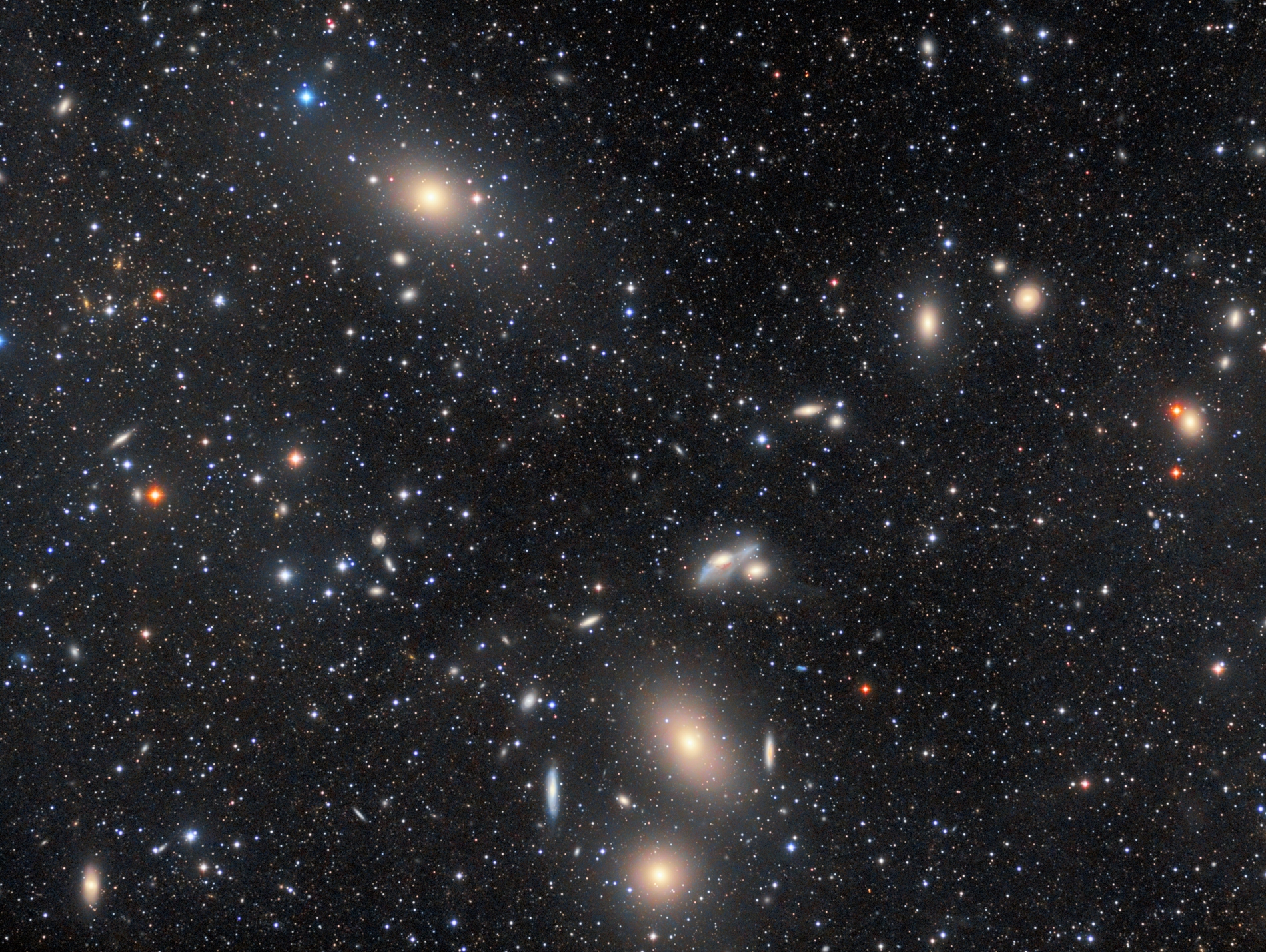
Every spring in the Northern Hemisphere, the obscuring stars, gas and dust of our own Milky Way galaxy vacate the night sky, leaving a window of opportunity for skywatchers to peer at distant galaxies. This week's new moon will provide us with especially dark skies for hunting these faint but majestic objects.
A galaxy is a massive collection of stars, gas and dust arranged into a 3D structure that is governed by gravity and the laws of physics. Most galaxies have a central bulge of stars surrounded by a thin disk consisting of a ring or spiral arms. Others are formless ovals, or weird funhouse-mirror versions of regular galaxies. The shape and structure depends on how long ago the galaxy formed, how it has evolved since then, and whether it has been altered through interactions with another galaxy.
The orientation of galaxies in the universe is mostly random, which affects their appearance when viewed from Earth. For example, a spiral galaxy can appear large and round when oriented face-on to Earth, as well as dim because its light is spread over a large patch of the sky. But if the same type of galaxy is oriented edge-on to Earth, we see a pencil-thin slash of light, with tapered ends — and it appears much brighter because all of its stars' light is concentrated into a small cross-sectional area. [Gallery: 65 All-Time Great Galaxy Hits]
Astronomers classify galaxies based upon their appearance, dividing them into classes, families and varieties much like we do for animals. In this edition of Mobile Astronomy, we'll examine how galaxies are classified and how your mobile astronomy app can help you see these denizens of the galactic zoo through your telescope, or simply enjoy their diverse beauty through pictures in your app.
Galaxy season has arrived!
Our Milky Way galaxy consists of a large central bulge of densely packed stars surrounded by a flattened disk of encircling spiral arms. The disk is about 100,000 light-years across, but only 2,000 light-years thick. Our sun is an average-size star located in a spiral arm about halfway out to the edge of the disk — in what could be called the galactic suburbs. When we gaze into a clear night sky, every star we see is another resident of our home galaxy.
Our position inside the disk's thickness causes us to see stars in every direction. There are fewer when we look up and down away from the disk, and many more when we look parallel to the disk. In fact, the broad band of stars we call the Milky Way represents the plane of our galaxy projected onto the night sky. It is visibly thickest toward the core, thinnest in the opposite direction, and tapering off in between.
Meanwhile, between our galaxy's stars are cold, dark clouds of gas and dust and occasional glowing star-forming nebulas. This material obscures much of the visible starlight emanating from the core of the galaxy, so it's not as bright as it should be. If you've viewed the Milky Way from a dark site, you may have noticed those dark dust lanes running through it. To look at the billions of other galaxies in the universe, we have to be able to peer past the intervening material. Fortunately, spring is a perfect time to do this for skywatchers in the Northern Hemisphere.
Get the Space.com Newsletter
Breaking space news, the latest updates on rocket launches, skywatching events and more!
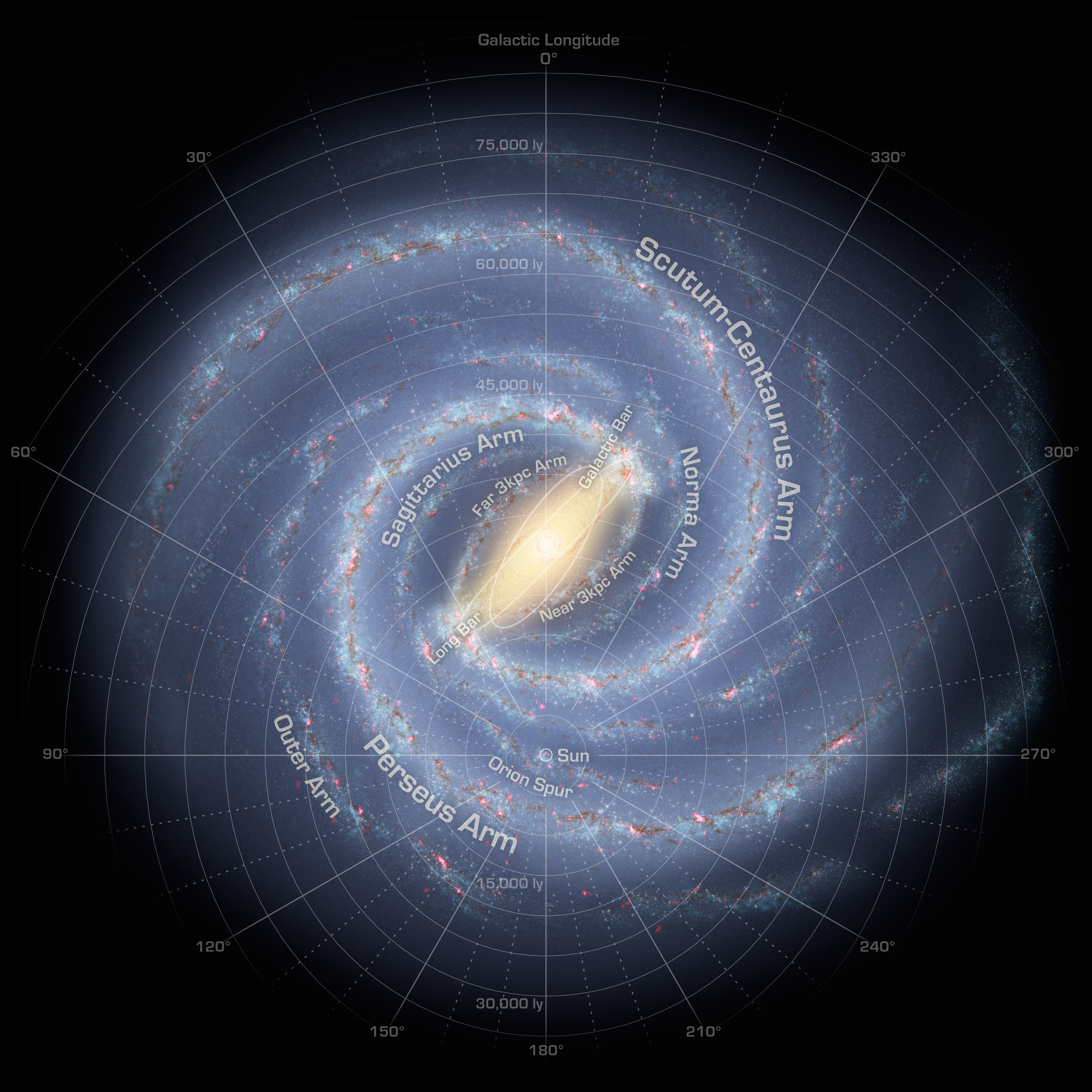
Our solar system is tilted with respect to the galactic plane, so the Milky Way's position in the sky varies according to the time of year. In the Northern Hemisphere, it arcs across the summer and winter night skies from south to north — filling the summer constellations of Sagittarius, Scutum, Aquila and Cygnus, and the winter constellations of Canis Major, Orion, Monoceros and Auriga, with rich star fields.
But every year during April and May, the Milky Way moves to a position roughly parallel to the horizon, so the overhead night sky is pointed at right angles from the galactic disk and into deep space. With very little material to block our view, a multitude of galaxies can be observed and studied.
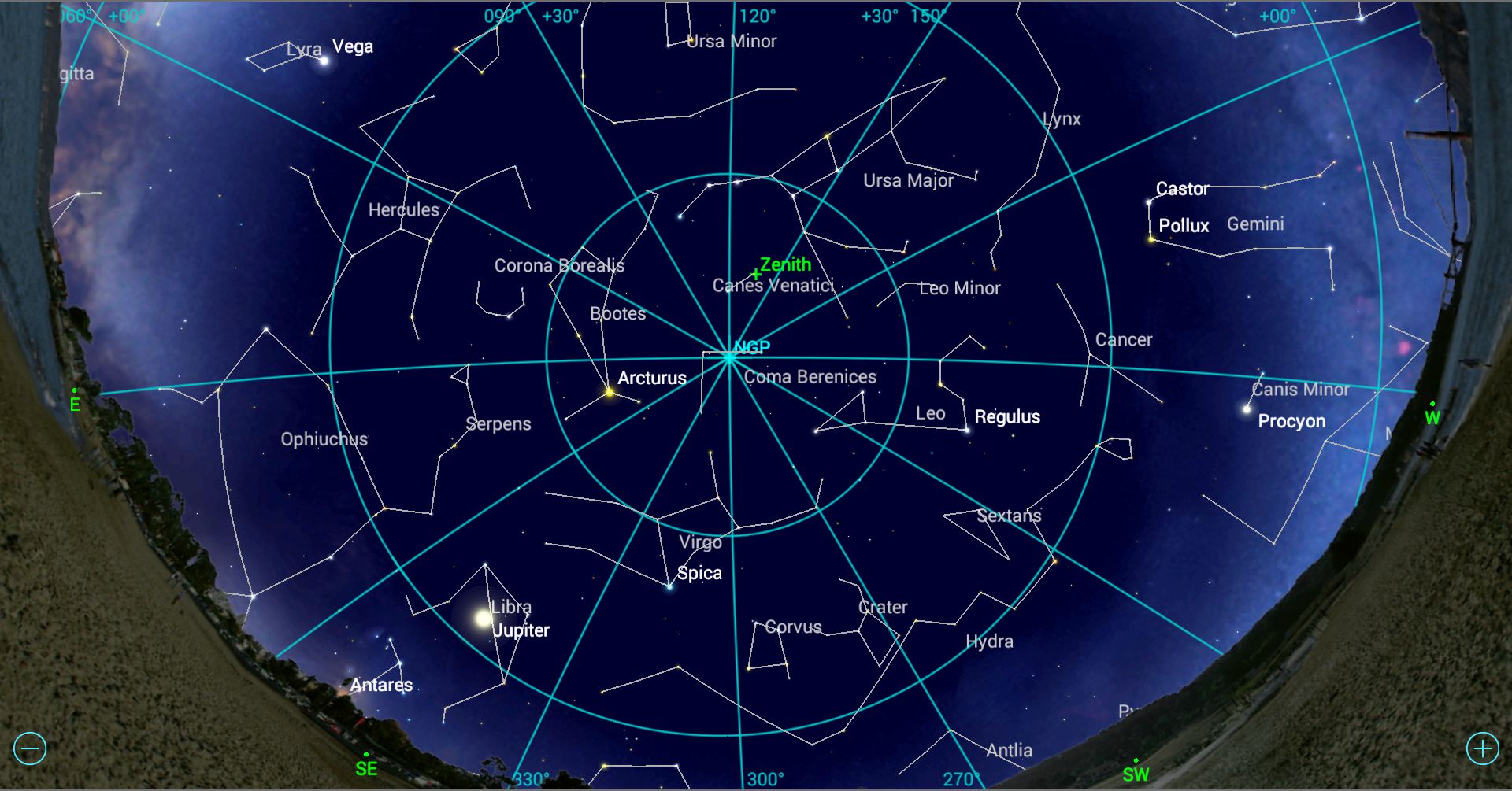
Pull out your astronomy app and locate the constellation of Coma Berenices, or "Bernice's Hair." This patch of sky contains the north galactic pole and therefore far fewer stars than the rest of the sky. It's more or less overhead in April and May — perfect for viewing distant galaxies through the least amount of Earth's distorting atmosphere. Coma Berenices and the constellations around it — Virgo, Leo, Ursa Major (the Big Dipper's home) and Canes Venatici — all host a great many galaxies. Before we hunt some of them down with your mobile device, let's look at how astronomers classify the galactic menagerie.
How galaxies are classified
In the early 1920s, at the Palomar Observatory in California, American astronomer Edwin Hubble used a special type of star known as a Cepheid variable to determine distances to objects in our galaxy. These stars' brightness is directly related to the period of their variability. Comparing how bright they appear with how bright they should look tells astronomers how far away they must be. Hubble discovered extremely faint Cepheid variables within the myriad fuzzy patches of light he was finding on photographic plates. He soon realized that those patches, which he had considered "nebulas," must be completely different galaxies situated millions of light-years away from the sun. The universe suddenly became much bigger!
Starting in 1926, Hubble developed a system for classifying the new galaxies. First, he divided them into four classes — elliptical, lenticular, spiral and irregular — assigning them the letter codes E, SO, S, and I, respectively. Elliptical galaxies are relatively featureless balls of stars that range from round to elongated. Hubble assigned numerals to indicate the degree of elongation, ranging from E0 for round and E7 for highly stretched.
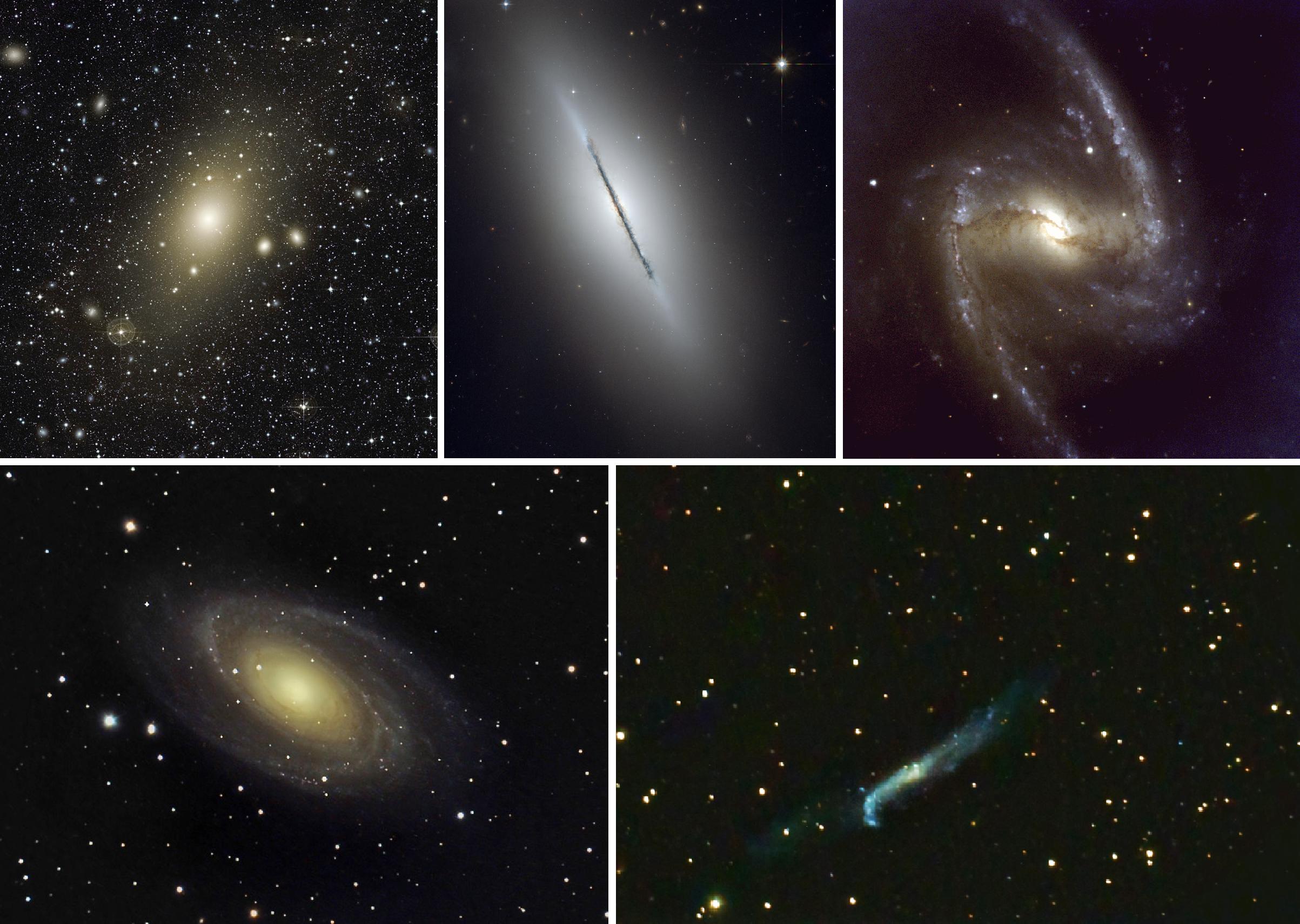
Spiral galaxies have a central bulge encircled by a disk made up of two or more spiral arms. We commonly see dark lanes of dust and gas wrapped around them, too, which helps reveal their structure. Lenticular galaxies also have disks surrounding a bulge, but no spiral arms, gas or dust. Irregular galaxies are the "leftovers." They don't fit into any of the other three categories, but many are probably spiral galaxies that have been disrupted by a gravitational interaction with another passing galaxy. Irregular galaxies tend to have high rates of star formation triggered when shock waves during the interaction caused their gas clouds to collapse.
Hubble further divided the spiral and lenticular galaxies into the families "ordinary" and "barred," using the codes "A" and "B," respectively. Ordinary galaxies have a round central bulge, while barred galaxies have a bulge that is stretched into an oval or a stubby bar. He designated the ordinary spiral galaxies as SA, and the barred spiral galaxies as SB. The lenticulars became SOA and SOB, respectively, while the irregulars were classed as I and IB. [Hubble Views Grand Star-Forming Region]
Hubble also subdivided the spiral galaxies by how tightly the arms wrap around the bulge (and therefore whether the arms are the largest or smallest feature of the galaxy). He used a lower case "a" for tightly wound, smooth arms around a bright central bulge; a "b" for less tightly wound arms around a somewhat fainter bulge; and a "c" for loosely wound arms that exhibit clumping of stars and nebulas, all surrounding a fainter, smaller bulge.
Hubble's system is commonly illustrated in a tuning fork diagram, where the ellipticals plot as the handle and the spirals plot as two tines of a fork — ordinary galaxies in the upper fork and barred galaxies in the lower fork. The lenticular galaxies fall where the tines meet. The irregular galaxies are plotted separately, off to the right.
Years later, as more and better images were acquired, Hubble's system was improved. French astronomer Gérard de Vaucouleurs and American Allan Sandage refined the system starting in 1959. They observed that some spiral galaxies exhibited ring-like structures instead of arms, and added a third tine to Hubble's fork diagram, using the code "SAB." They also added a "d" classification for all tines, covering spirals that have very loosely wound arms around a very faint bulge, and an "m" class for irregular spirals without an obvious bulge. [Galactic Evolution: How Galaxies are Classified by Type (Infographic)]
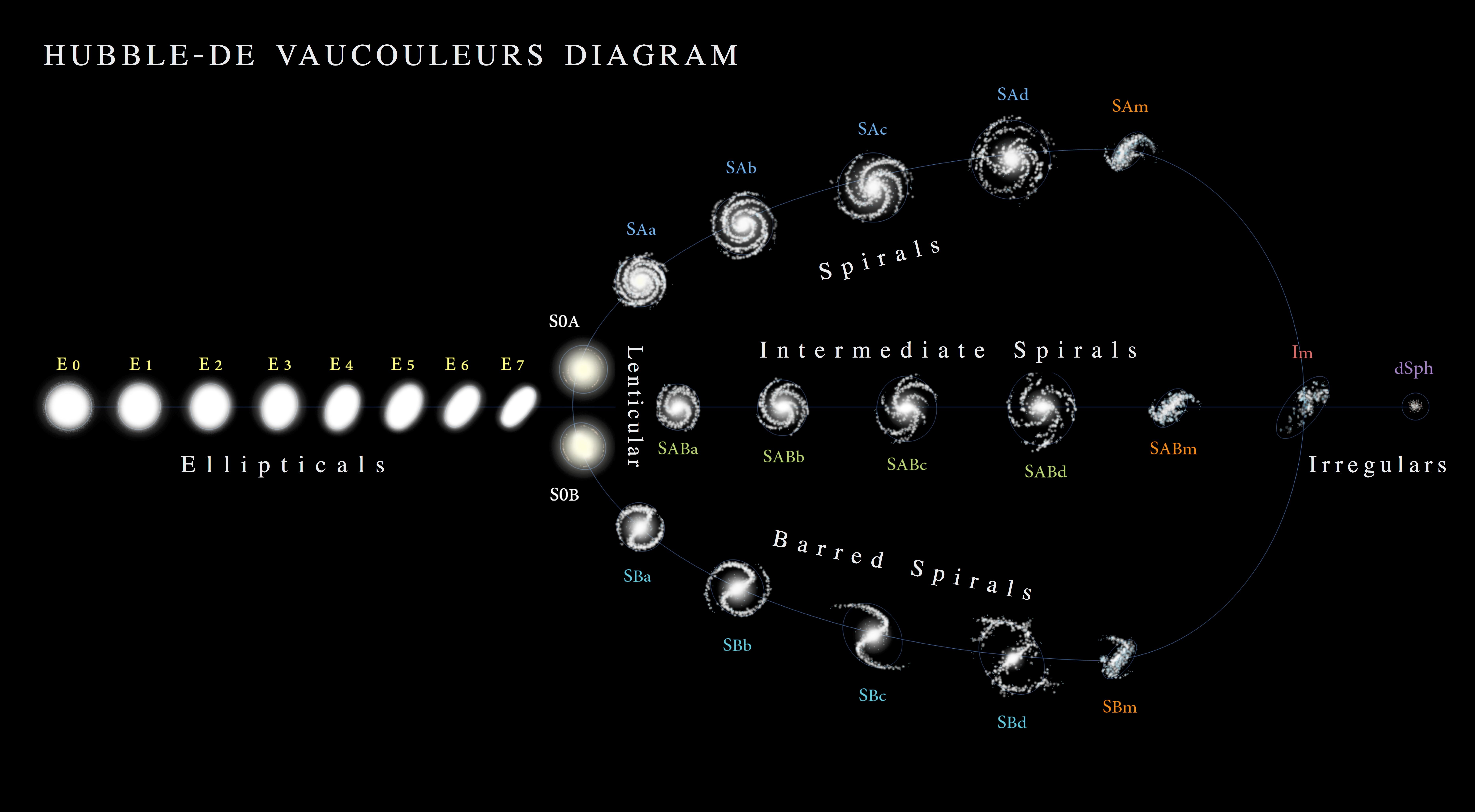
Can the classification system help us understand the physics of galaxies? Current science suggests that most galaxies form as spirals. Over time, they exhaust their gas and cease star formation to become lenticular. Finally, very old galaxies experience mergers that have removed any former structure to create a featureless elliptical shape. Many of the latter are enormous.
Galaxy classification is not cut and dried. In edge-on orientations, it's sometimes hard to definitely say which type a galaxy might be. Many galaxies get reassigned to different categories based upon new and better images, or the opinions of researchers. Galaxies imaged using ultraviolet or infrared wavelengths of light can change their appearance, too.
Next, we'll highlight the easiest to observe examples of each major type of galaxy visible in the spring night sky from mid-northern latitudes.
Touring the galactic zoo
Below, I have prepared a table with a representative for each main class of galaxy. Although not necessarily the best and brightest example in each case, I have ensured that the galaxies are observable from mid-northern latitudes in the spring evening sky.
It's essential that you seek out a dark sky for viewing the galactic zoo. For best results, choose any clear, moonless night between the last quarter and a day after the new moon. Many of the brighter galaxies can be seen in binoculars under a very dark sky away from urban-light pollution, but a telescope will be needed to see the shape and structures that define each class of galaxy.
In your astronomy app, the brightness of the galaxies will be expressed by their visual-magnitude value; the lower the number, the brighter the object. Amateur-grade telescopes in the 4- to 8-inch aperture range will be able to show you galaxies with visual magnitudes of around 8 to 10. Note that telescopes of that size will not collect enough light for you to see the fainter portions of the galaxies, nor trigger the color receptors in your eye. Watch for astronomy clubs who might be holding dark-sky observing parties in your area. There will likely be some much larger aperture telescopes at those events.

The following table provides an example of each main type of galaxy. To find one using your app, search using the New General Catalog (NGCnnnn) designation or the Messier Catalog number (Mnnn), when given. I have also provided common names, the abbreviation of the home constellation's name, the visual magnitude (remember — a lower value means it is brighter), the dimensions expressed in arc-minutes, and the distance from the sun in millions of light-years. Note that a full moon is 30 arc-minutes across, so a galaxy with the dimensions of M81 is nearly as wide as the moon!
If you are using the SkySafari 6 app, enter the galaxy's designation into the search bar and then tap the Center icon. Referencing the app's display, you can try to navigate to the galaxy by hopping from nearby visible stars, or enable the compass mode in the app and hold your device up to the sky.
For the objects you can't manage to glimpse, tap the Info icon in the app to see high-resolution color images of the galaxies and read about their physical characteristics, such as their supermassive black- hole centers. In the SkySafari app, if an object's information screen doesn't include an image, tap the More icon and select Show DSS Image. The app will retrieve a black-and-white image from the Sloan Digital Sky Survey.
| Ellipticals | ||||||
| E0 | NGC4486 (M87) | Virgo A Galaxy | Vir | 9.59 | 8x7 | 54.2 |
| E1 | NGC3379 (M105) | Leo | 9.76 | 5x5 | 32.0 | |
| E2 | NGC4649 (M60) | Vir | 9.80 | 7x6 | 54.8 | |
| E3 | NGC4406 (M86) | in Markarian''s Chain | Vir | 8.90 | 9x6 | 51.9 |
| E4 | NGC4889 | Coma B Galaxy | Com | 11.3 | 3x2 | 341.6 |
| E5 | NGC4621 (M59) | Vir | 10.6 | 5x4 | 59.7 | |
| E6 | NGC2768 | UMa | 9.87 | 5x3 | 77.3 | |
| Lenticulars | ||||||
| S0 | NGC5866 (M102) | Spindle Galaxy | Dra | 9.89 | 6.5x3 | 57.7 |
| SB | NGC3945 | UMa | 11.6 | 2.5x2 | 70.5 | |
| Ordinary Spirals | ||||||
| SAa | NGC3031 (M81) | Bode''s Nebula | UMa | 6.94 | 27x14 | 11.8 |
| SAb | NGC4594 (M104) | Sombrero Galaxy | Vir | 8.17 | 9x3.5 | 29.3 |
| SAc | NGC4254 (M99) | Coma Pinwheel Galaxy | Com | 9.87 | 5x5 | 50.2 |
| Barred Spirals | ||||||
| SBa | NGC4394 | Com | 11.9 | 3.5x1.5 | 54.8 | |
| SBb | NGC3351 (M95) | Leo | 9.7 | 3x3 | 32.6 | |
| SBc | NGC3992 (M109) | Vacuum Cleaner Galaxy | UMa | 10.6 | 7.5x5 | 83.5 |
| SBd | NGC4519 | Vir | 11.9 | 2.5x2 | 120.4 | |
| Intermediate Spirals | ||||||
| SABa | NGC3623 (M65) | in Leo Triplet | Leo | 10.2 | 9x3 | 42.0 |
| SABb | NGC3627 (M66) | in Leo Triplet | Leo | 8.92 | 9x4 | 35.9 |
| SABc | NGC4258 (M106) | CVn | 8.41 | 18.5x7 | 22.8 | |
| SABd | NGC2403 | Cam | 8.9 | 22x12 | 10.4 | |
| Irregulars | ||||||
| I | NGC4656 | Crowbar / Hockey Stick | CVn | 10.5 | 1.5x1 | 23.5 |
| IB | NGC4449 | CVn | 9.4 | 6x4.5 | 13.9 |
(If you would like to receive a SkySafari Observing List containing these galaxies, contact me by email.)
These represent just a fraction of the galaxies you can hunt down with your app. You'll have better luck with the brightest ones. However, if you have access to a large telescope and a dark-sky site, sweep the sky in the region between the Leo's tail, marked by the star, Denebola, and the next major star below it, Vindemiatrix in Virgo. This region is home to the Virgo Supercluster of galaxies. There are countless galaxies here. Switch your astronomy app to the Red Night Mode (to save your dark adaptation), and use it at the eyepiece to see if you can identify individual galaxies. It's a challenge. The Virgo cluster extends north (toward the Big Dipper) into Coma Berenices.
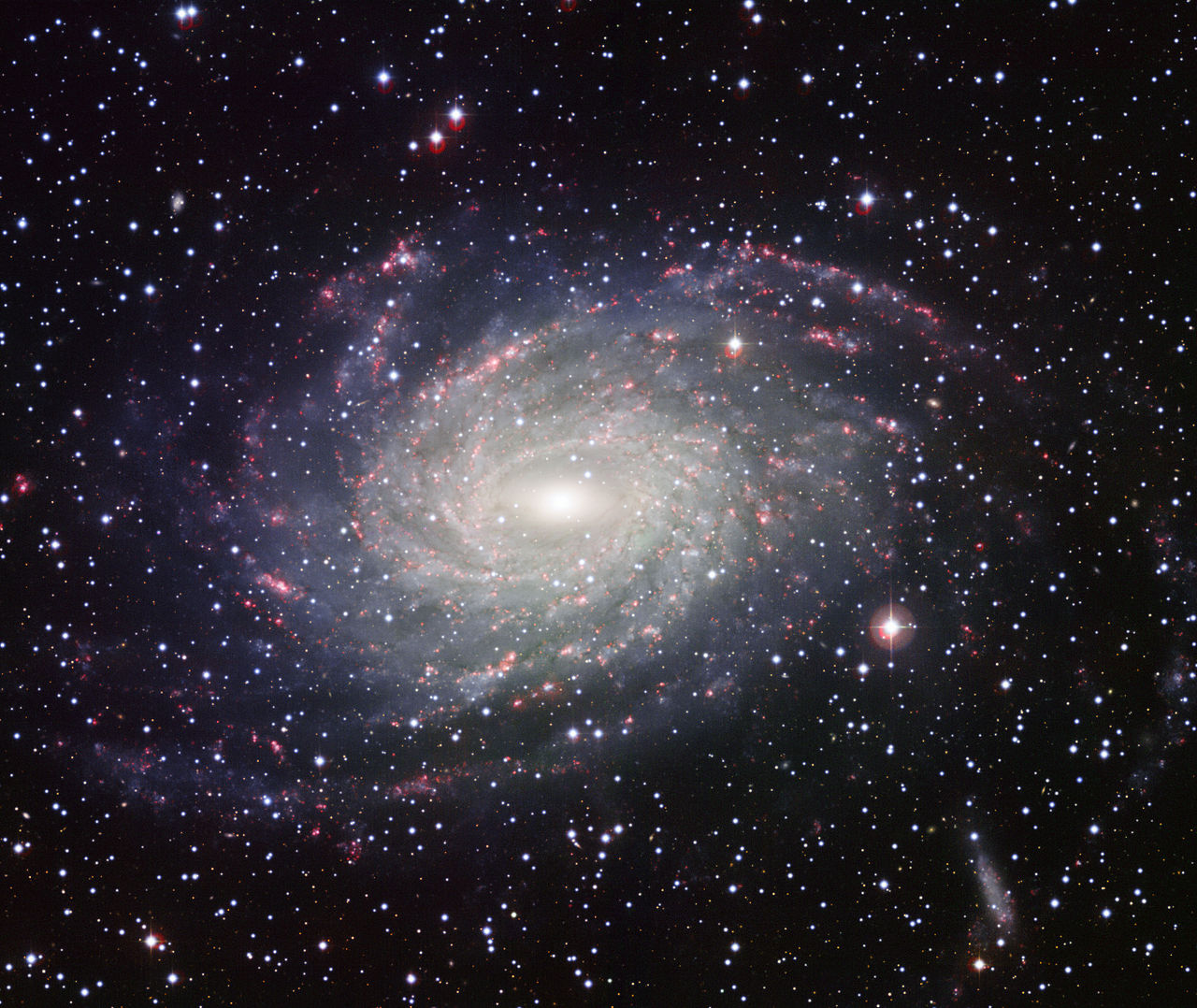
Going beyond
The Southern Hemisphere skies host some of the most exotic denizens of the galactic zoo. Using your app, search for NGC 1365 and look at the picture. This SBb-class galaxy is in Fornax, which means "the Furnace" in Latin, and is 61.6 million light-years from the sun. It has a pronounced bar and two very prominent arms. And don't forget to check out the Large and Small Magellanic Clouds. These two satellite galaxies of our Milky Way are only 163,000 and 61,000 light-years away, respectively. They are both classed as intermediate spiral galaxies with irregularities.
Astronomers believe that NGC6744, a galaxy visible only from the Southern Hemisphere, most closely resembles our Milky Way. Situated in the constellation of Pavo, which means "the Peacock," Pavo is an SABb- or SABc-class galaxy featuring a stubby bar-shaped core surrounded by a faint ring and then beautiful, loosely wound arms that are loaded with clumps and knots of star-forming regions. The galaxy is oriented almost face-on to Earth, giving it an oval shape measuring 20 by 13 arc-minutes. It is estimated to be about twice as massive as the Milky Way. And, at 29.8 million light-years away from the sun, if there are any spring galaxy-hunters looking back at us, they are seeing our galaxy in the distant past. Although you can't observe NGC6744 from the Northern Hemisphere, you can still search for it in SkySafari 6 and view a picture of our bigger twin sister!
In upcoming editions of Mobile Astronomy, we'll look at spring binocular stargazing, how we measure the distances to stars, how their gradual drift in position will one day change our familiar constellations, and more. In the meantime, keep looking up!
Editor's note: Chris Vaughan is an astronomy public outreach and education specialist at AstroGeo, a member of the Royal Astronomical Society of Canada, and an operator of the historic 74-inch (1.88-meter) David Dunlap Observatory telescope. You can reach him via email, and follow him on Twitter @astrogeoguy, as well as on Facebook and Tumblr.
This article was provided by Simulation Curriculum, the leader in space science curriculum solutions and the makers of the SkySafari app for Android and iOS. Follow SkySafari on Twitter @SkySafariAstro. Follow us @Spacedotcom, Facebook and Google+. Original article on Space.com.
Join our Space Forums to keep talking space on the latest missions, night sky and more! And if you have a news tip, correction or comment, let us know at: community@space.com.
Chris Vaughan, aka @astrogeoguy, is an award-winning astronomer and Earth scientist with Astrogeo.ca, based near Toronto, Canada. He is a member of the Royal Astronomical Society of Canada and hosts their Insider's Guide to the Galaxy webcasts on YouTube. An avid visual astronomer, Chris operates the historic 74˝ telescope at the David Dunlap Observatory. He frequently organizes local star parties and solar astronomy sessions, and regularly delivers presentations about astronomy and Earth and planetary science, to students and the public in his Digital Starlab portable planetarium. His weekly Astronomy Skylights blog at www.AstroGeo.ca is enjoyed by readers worldwide. He is a regular contributor to SkyNews magazine, writes the monthly Night Sky Calendar for Space.com in cooperation with Simulation Curriculum, the creators of Starry Night and SkySafari, and content for several popular astronomy apps. His book "110 Things to See with a Telescope", was released in 2021.











